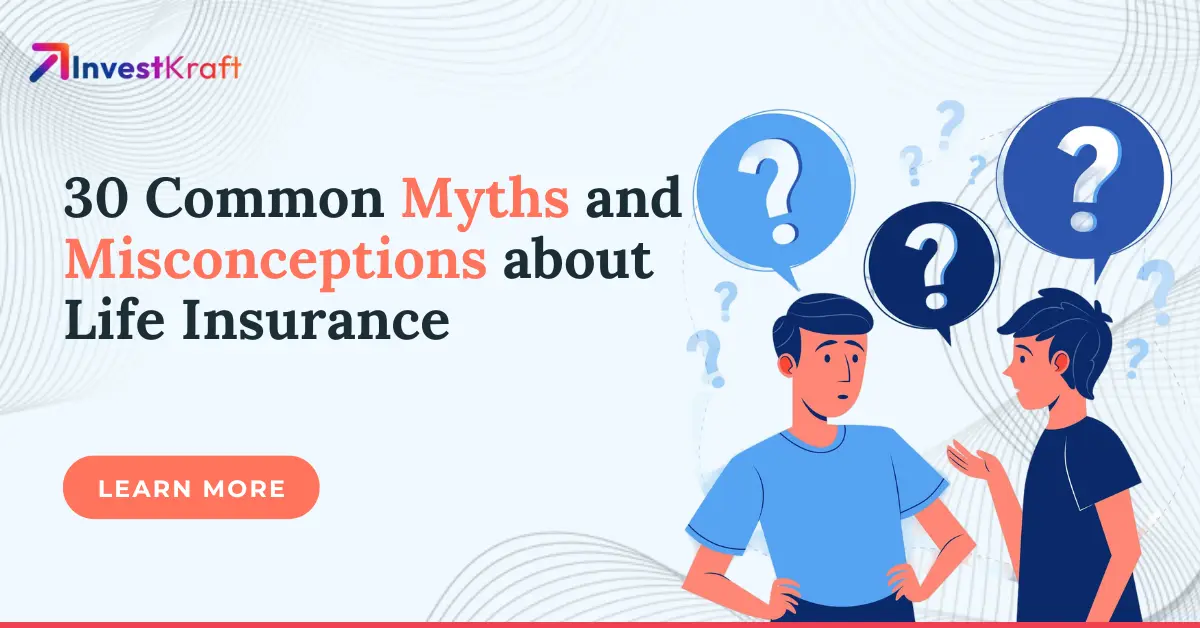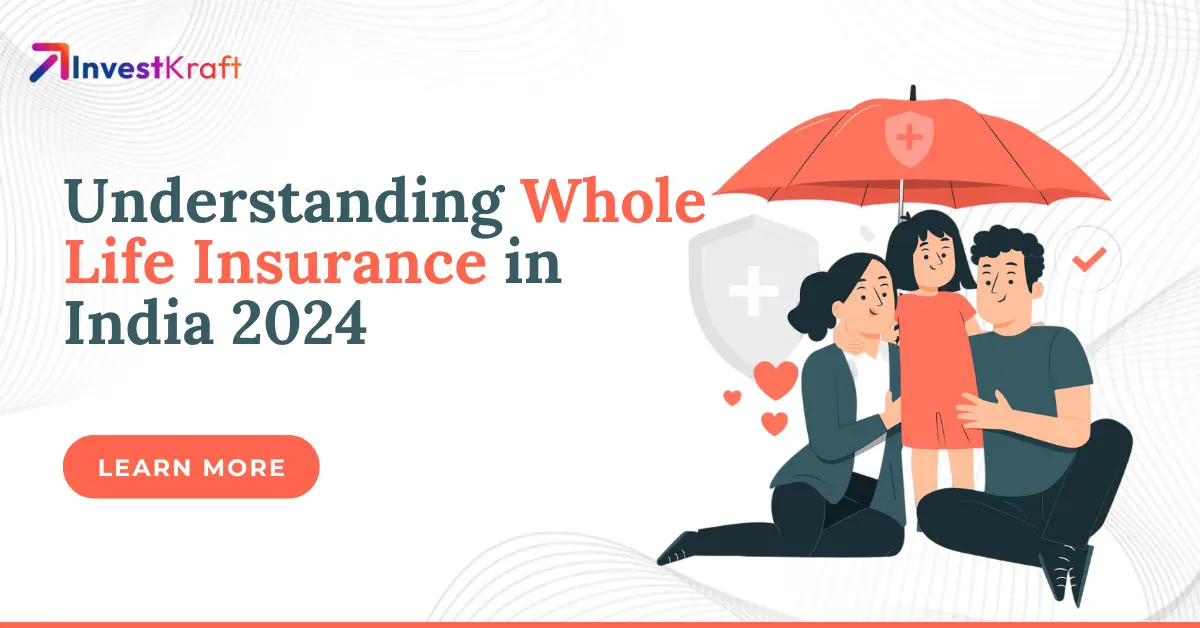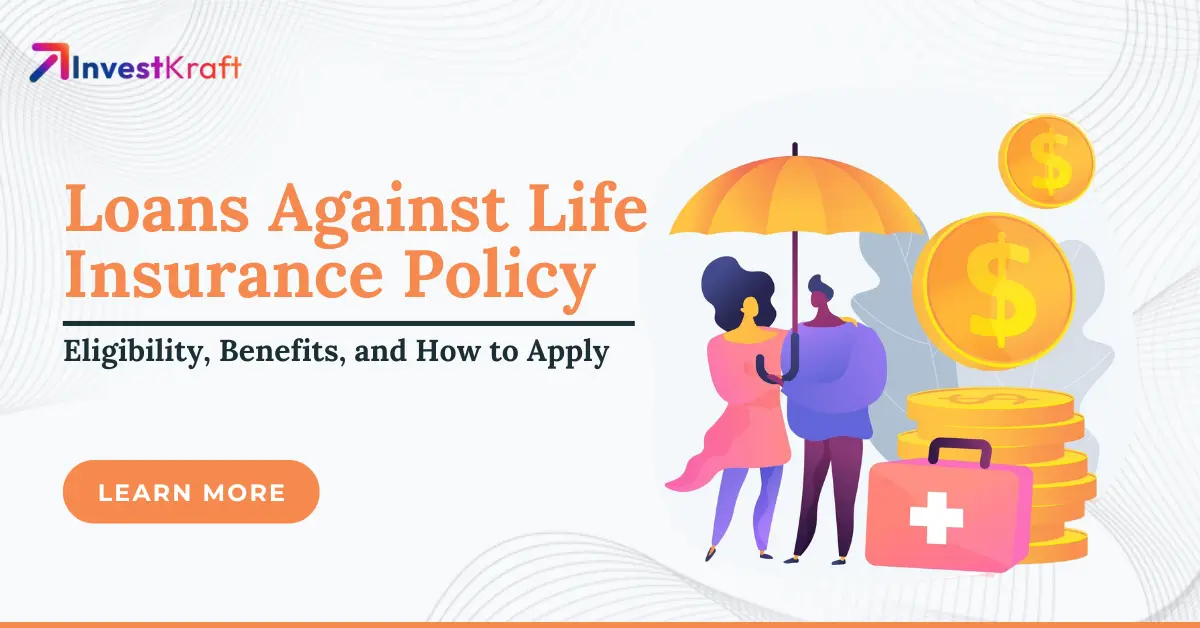Is a Return-of-Premium Life Insurance Policy the Right Choice for You?
.webp)
Term life insurance may never pay out, which is a positive sign as it indicates that the policyholder is still alive. However, this also means that the coverage provided by the policy has ended and no payment was made to either the policyholder or their beneficiaries.
Return of premium term life insurance allows policyholders to receive a refund of the premiums they have paid over the term of the policy. This type of insurance can return some or all of the money invested in premiums. By providing a financial safety net while offering the possibility of a refund, the return of premium term life insurance can be a valuable option for individuals seeking coverage and potential savings.
Here is everything you need to know about the return of premium insurance, including its costs and whether it is a worthwhile investment.
Understanding the Return of Premium Life Insurance
Return of Premium life insurance is a type of term life insurance that allows you to lock in a rate for a specific period like 10, 20 or 30 years. The difference is, that if you outlive the policy, the insurer will refund the premiums you paid. It offers a unique advantage by providing a potential refund at the end of the term.
In a typical life insurance policy, you pay premiums throughout the coverage period. If you pass away during this time, your beneficiaries receive the death benefit. However, if the level term period ends and the policy is not renewed, there is no payout and the policy terminates.
ROP life insurance is an option that allows you to receive all the premiums you have paid if you outlive the policy. It is commonly offered as a rider to a standard term life insurance policy, but it typically involves higher costs. This type of insurance can provide peace of mind knowing that if you do not pass away during the policy term, you can get your premiums back.
If the coverage is outlived, all premiums paid during the term are returned tax-free. Non-payment or cancellation of the policy may result in no premium refund, with rules differing by insurer.
How is a Return of Premium Life Insurance Policy Different from a Traditional Term Life Policy?
If the policyholder dies during the policy tenure, both the traditional term plan and the return-of-premium term plan provide the same payout. However, the difference arises in the case of survival. The simple term plan does not pay anything upon maturity or survival, while the ROP plan refunds all the premiums paid over the years.
Can You Explain the Return of Premium Life Insurance Through an Example?
Sure, here is an example to explain the concept of return of premium life insurance:
Meet Rajesh
- Age: 30 years old
- Family: Rajesh is married and has one child.
- Goal: He wants to provide financial security for his family in the event of his passing, while also seeking the opportunity to have his investment returned if he remains in good health.
Policy Details
- Policy Type: Return of Premium (ROP) Life Insurance
- Coverage Term: 20 years
- Sum Assured: ₹50 lakh
- Annual Premium: ₹25,000
How It Works
- Premium Payment:
- Rajesh pays ₹25,000 each year for 20 years.
- Total Premiums Paid Over 20 Years: ₹25,000 x 20 = ₹5,00,000
- If Rajesh Passes Away During the Term:
- Rajesh’s family will receive a death benefit of 50 lakh rupees if he dies within the next 20 years.
- The extra funds can provide essential support for his family, allowing them to manage living expenses, settle outstanding debts and invest in his child’s education for a brighter future.
- If Rajesh Survives the Term:
- If Rajesh remains in good health for the entire 20-year policy term, he will receive a full refund of all the premiums he has paid.
- Rajesh will receive a lump sum amount of 5 lakh rupees without any interest or additional amount included.
How Beneficial is the Return of Premium Life Insurance Policy?
Term life insurance plans with a return of premium or ROP offer the benefit of receiving the annualized premiums as a survival benefit. In addition, these plans provide extra advantages, such as waiver of premium benefits, accidental death benefits and protection against critical illnesses. These features make term plans with ROP worth considering for purchase.
- Term plans with the return of premium provide a full sum assured to your family upon your demise during the policy term. If you outlive the term, you will receive the amount of premium paid as a refund. Both policy and survival benefits are available under this plan.
- Life insurance plans should evolve with your needs, offering options to increase coverage for important life events like marriage or the birth of a child, ensuring comprehensive support for your family.
- Under MWPA (Married Women’s Property Act), if a married individual purchases a TROP insurance plan and endorses it by nominating their spouse and children as beneficiaries, no other person will have any right to the plan benefits. The insured person will also not have any claim to the benefits upon surviving the plan term.
- It offers tax advantages under Sections 80C and 10 (10D) in which a tax deduction of up to 1.5 lakh rupees is possible.
- Term insurance with a return of premium provides assured returns, unlike other life insurance plans that are dependent on market conditions. However, policyholders may not receive any profits from their investment with the insurer.
Are There Any Disadvantages of the Return-of-Premium Life Insurance Policy?
Listed below are some cons or disadvantages of the return-of-premium (ROP) life insurance policy -
- Adding a return of premium rider to your insurance plan might increase your premium amount. This implies that you will have to pay more for the same coverage compared to standard term insurance. Consequently, you will end up paying a higher amount over the entire policy term.
- Paying a higher premium for the return of a premium rider means missing out on the opportunity to invest that money elsewhere. By investing the extra premium in other options, you could have potentially earned a greater return.
- Term insurance plans with a return of premium rider are not widely available among insurers. This can limit your choices and potentially lead to higher premiums for the same coverage.
- It is crucial to maintain the policy to receive the benefits since if the policy lapses, the nominee(s) will not receive any payment.
- ROP does not provide interest on refunded premiums if you outlive the policy. The received amount will not account for inflation, diminishing its value over time.
- Return of premium policies and riders are not widely offered by many insurance companies. They provide the benefit of getting back a portion of the premium paid if the policyholder outlives the policy term. It is a feature that can be valuable for those who want to have the security of a life insurance policy while also having the potential for a refund of premiums.
- Term life insurance with a money-back feature is not ideal for middle-aged and older individuals due to its escalating cost as they age.
When Does a Return-of-Premium Life Insurance Policy Make Sense?
ROP life insurance provides both protection and the possibility of receiving a financial return. It differs from regular term life insurance in that if you survive the policy term, you will receive a refund of all your premiums. While this may sound attractive, it is important to evaluate whether getting an ROP policy is truly beneficial in your specific situation.
- Risk-averse individuals: ROP’s premium refund feature provides peace of mind for risk-averse individuals who value guaranteed returns. With this feature, if you do not end up needing the death benefit, you can be confident that you will receive a refund of your premium. This offers a level of assurance for those who prioritize the security of their investment over potential growth.
- People with short-term financial goals: Those who have specific short-term financial goals, such as saving for a child’s education or a down payment on a house, can benefit from having a premium return within the policy term.
- Individuals nearing retirement: As you near your retirement, it is essential to consider options that offer financial security for both you and your loved ones. An ROP policy can serve as a safety net by providing a death benefit for your family, while also ensuring a guaranteed savings component. Additionally, the refund of premiums can be a valuable supplement to your retirement income, offering peace of mind as you transition into this new phase of life.
Are There Any Alternatives to Return of Premium Life Insurance Policy?
Yes, you can choose to purchase a standard term policy instead of a more expensive ROP policy and then invest the money you save from doing so. You have the opportunity to generate enough returns on your investments to compensate for the absence of premium returns if you outlive the term policy.
Permanent life insurance policies offer the opportunity to secure coverage for your entire lifetime. These policies also come with a cash value component that has the potential to grow over time and accrue interest. Additionally, you may have the flexibility to access this cash value through withdrawals or loans and any potential tax implications generally only arise if your withdrawals exceed the amount you have paid in premiums.
How to Decide If You Need a ROP Insurance Policy?
A return of premium (ROP) life insurance policy can provide both life insurance protection and a potential return on investment. However, it is important to carefully consider whether it is the right choice for your specific financial needs and goals. To help you make an informed decision, here is a breakdown of the features and benefits of ROP life insurance -
- Financial Goals: It is important to consider your financial goals when choosing a life insurance policy. If your main objective is to get the maximum coverage at an affordable rate, then a standard term life policy could be the best option for you. Term life insurance generally offers the most coverage for your money, making it a good choice for those looking to maximize their life insurance benefits while keeping costs low.
- Risk Tolerance: Consider your risk tolerance in regards to potentially losing your premiums if you outlive the term. Traditional term life insurance provides a pure death benefit, eliminating the possibility of this risk.
- Savings Element: An ROP can be a good option if you want the security of a guaranteed return on your premiums, even if it is not as high as potential investment returns. It can serve as a disciplined way to save money over time, ensuring that you have some funds set aside for the future. This can be particularly helpful for people who struggle to save on their own or want to prioritize long-term financial goals.
- Compare Quotes: Get quotes from multiple insurers for both Return of Premium (ROP) and standard term life policies. This will help you compare the costs and coverage amounts offered by different companies.
- Consider Your Needs: Evaluate your financial goals, risk tolerance and desired level of protection for loved ones to determine your needs.
- Talk to a Financial Advisor: Consulting with a financial advisor is essential in making informed decisions about life insurance. Their expertise allows for a comprehensive analysis of your individual circumstances, leading to personalized recommendations. This professional guidance ensures that you choose the most suitable life insurance option to meet your specific needs and goals.
Conclusion
When considering term life insurance with a return of premium (ROP) feature, it is crucial to compare costs and assess the benefits based on your individual requirements. By thoroughly evaluating your options and seeking guidance from a financial advisor, you can choose the most suitable life insurance coverage for yourself and your family.
Frequently Asked Questions (FAQs)
Q1: What is a Return-of-Premium (ROP) Life Insurance Policy?
A: ROP life insurance refunds premiums if the policyholder outlives the term, combining death benefit with savings for a guaranteed return of premiums if no claim is made.
Q2: How Does a Return-of-Premium Life Insurance Policy Work?
A: ROP life insurance is similar to term life insurance, but includes a refund of premiums if the policyholder outlives the term. If the insured person dies during the term, beneficiaries receive the death benefit.
Q3: Are There Any Tax Implications with a Return-of-Premium Life Insurance Policy?
A: Generally, the premiums refunded at the end of the term for an ROP life insurance policy are not taxable income. The refund is a return of payments made, not a gain. However, interest or investment gains on these premiums may be taxed. The death benefit paid to beneficiaries is usually not subject to federal income tax.
Q4: Can You Customize a Return-of-Premium Life Insurance Policy?
A: Yes, ROP life insurance offers customization options like term life insurance. Policyholders choose the term length (10 to 30 years) and can add riders for more coverage but at a higher cost.
Q5: What Are Common Misconceptions About Return-of-Premium Life Insurance?
A: ROP life insurance policies have two main misconceptions: the returned premiums don't include interest or investment gains, and cancelling the policy early doesn't entitle you to a partial refund. They are best suited for those who can afford higher premiums and are comfortable with the commitment.
Q6: How Can You Maximize the Benefits of a Return-of-Premiu m Life Insurance Policy?
A: Maximize ROP life insurance benefits by keeping the policy in force, paying premiums on time, selecting a suitable term, and considering optional riders for additional coverage.
Q7: What Should You Do if You Need to Cancel a Return-of-Premium Life Insurance Policy?
A: If you ever find yourself in a situation where you feel the need to cancel your ROP life insurance policy, it is crucial that you fully comprehend the possible implications that may arise. It is important to note that the majority of policies generally do not offer a partial refund in the event of an early cancellation, leaving you at risk of losing the premiums you have already paid. Therefore, before making any hasty decisions, take the time to meticulously review the terms and conditions outlined in your policy. Additionally, it may be wise to explore other potential alternatives that could potentially provide you with some form of coverage or benefit. To ensure that you are making the most informed decision possible, it is highly recommended
Q8: Is a Return-of-Premium Life Insurance Policy Worth the Higher Cost?
A: An ROP life insurance policy's value depends on individual circumstances and financial goals. Guaranteed return of premiums is appealing for low-risk financial planning, but higher premiums may not be justifiable for better returns through other investments. Evaluating your situation and consulting a financial advisor is essential.

Author: Abhik Das
Abhik Das is a versatile content writer with over 5 years of experience crafting engaging and informative content across diverse industries. His expertise spans the fields of ed-tech, pharmaceuticals, organic food, travel, sports, and finance.
Here's what sets Abhik apart:
Content Versatility: Able to adapt writing style and tone to suit various audiences and content needs.
SEO Proficiency: Creates content optimized for search engines, ensuring discoverability and organic traffic.
Deep Research: Conducts thorough research to ensure content accuracy and credibility across complex topics.
Engaging Storytelling: Captures reader interest with clear, concise, and compelling writing.
Abhik's diverse background empowers him to deliver insightful content across a wide range of subjects. Whether you're seeking engaging explainer pieces on the latest financial trends, informative guides to organic food choices, or captivating travelogues, Abhik has the expertise to craft content that resonates with your audience.

.webp)


















